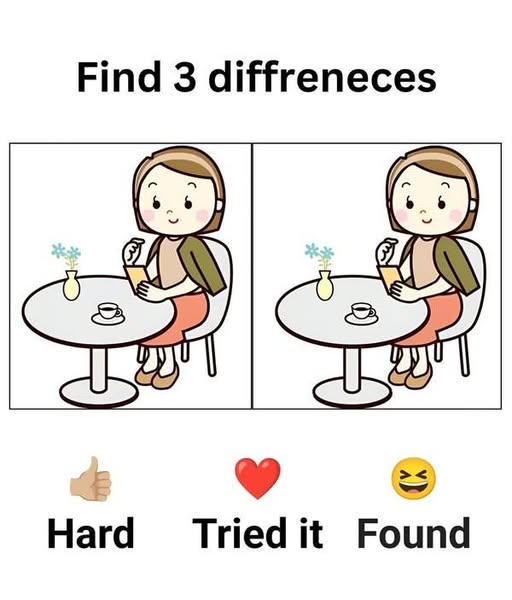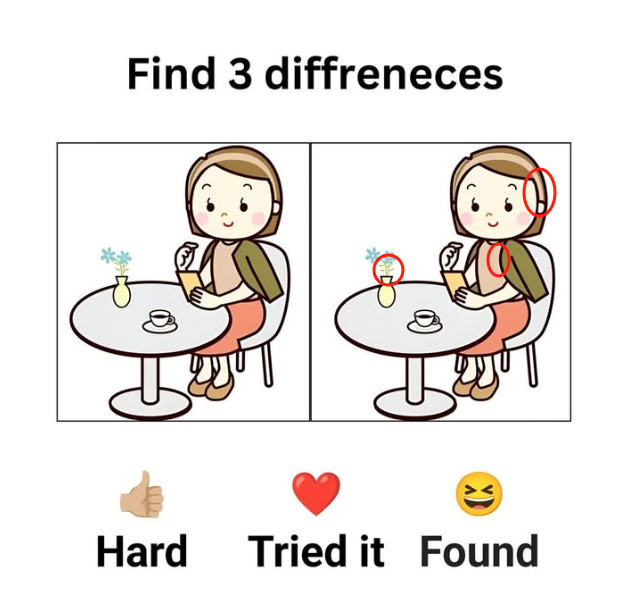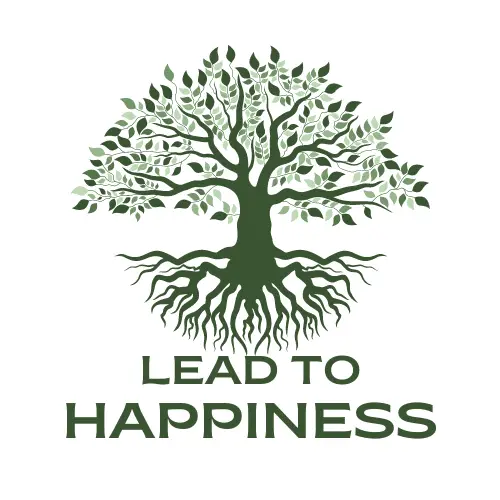Find the 3 Differences in This Cozy Café Scene
Why Spot-the-Difference Puzzles Delight and Develop Your Mind
Have you ever found yourself squinting at two almost identical pictures, determined to prove to everyone (and yourself) that you have eagle eyes? That rush you get when you finally spot a hidden change is no accident—it’s a tiny triumph that signals your brain’s pattern-recognition circuits firing on all cylinders. In our charming café illustration, a woman sits alone at a round table, sipping from a cup and absorbed in a small notebook or smartphone. A delicate vase of blossoms brightens the tabletop. Yet, despite the apparent simplicity, three subtle tweaks separate the left image from the right. In this article, we’ll explore why these puzzles captivate us, share strategies to uncover every difference, and reveal the three modifications hiding in plain sight.

The Allure of Hidden-Object and Spot-the-Difference Challenges
Hidden-object and spot-the-difference puzzles have thrived in newspapers, children’s books, and mobile apps for good reason. They offer:
Instant Engagement: Bright illustrations and familiar scenes draw you in, promising a quick mental sprint rather than a marathon.
Cognitive Workout: Scanning for tiny changes hones visual acuity, improves concentration, and strengthens mental agility—just a few minutes can refresh a distracted mind.
Stress Relief: Immersing yourself in a playful task offers a mini-escape from daily worries. The triumphant “aha!” moment triggers a small dopamine release, leaving you feeling more positive.
Universal Appeal: From children developing early focus skills to seniors wanting to keep their minds sharp, these puzzles span generations.
By turning passive viewing into active searching, spot-the-difference puzzles transform any quiet moment—waiting for coffee or unwinding after work—into a fun, brain-boosting exercise.
.
.
..
.
.
Answer:


